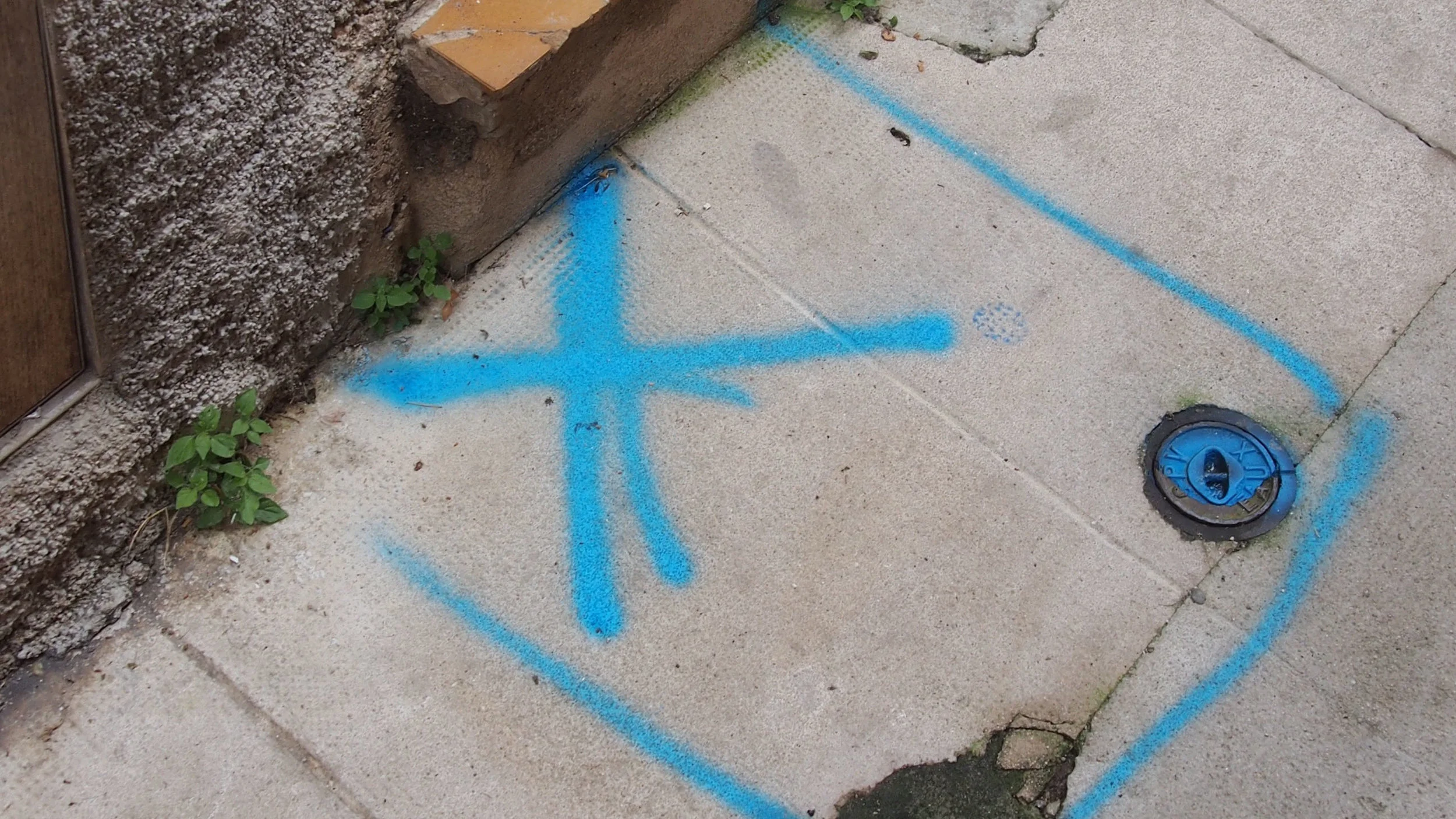I am going to let you in on a secret here, one that is going to sound odd coming from someone who spends a lot of her time asking people to write more. The thing is, to write about your work you don’t even have to write at all. One of my favourite methods for ‘writing’ is simply to talk about it out loud.
I like to walk. And, since I’m alone and no one can really hear me, I use that time to talk to myself. If I have something I’d like to write about I often start by saying things out loud, just to see what they sound like. Sometimes I ramble, and find I’ve stumbled across a lovely turn of phrase, and sometimes I pretend I’m having a conversation with a good friend and I’m telling them about my work. I frequently find the words I am after flow out of me in a way that doesn’t always happen when I sit at my desk, pen in hand or at my laptop. I recommend this technique in all my writing workshops and it’s also a technique I use with my clients. People are less self-conscious when they talk (we are so used to doing it) and I find that people always end up saying out loud the words they need, often in the most perfect way.
If you are a seasoned talker-out-loud like me, you may find you can remember the words you found and can write them down later, or you may like to have a notebook to hand to jot them down. But this isn’t a fool-proof method, and it’s always disheartening to know that you had the right words but then lost them. So, I recommend recording yourself on your phone, which isn’t so bad if you are inside but can be a bit weird if you are outside in public, so I leave it entirely up to you.
Here are two approaches that always seem to strike writing gold. As with the other techniques for writing I’ve suggested in previous posts, one will suit Gardeners down to the ground and the other will resonate with Architects. But don’t let that stop you trying both and seeing which one works for you.
The not-so-inner monologue
(great for Gardeners)
Find a spot where you won’t be heard by other people (out for a walk is good, or by yourself in your studio or workshop). You want to feel relaxed and natural. Start talking out loud about the topic you want to write about, just go wherever your mind takes you and don’t worry too much about what you say. You may find yourself circling around the same ideas, refining your words and honing in on what it is that you want to say, or you may find that you end up somewhere completely unexpected. If you get stuck and can’t think of anything to say, imagine you have a friend with you – someone who understands your work – and you need to explain it to them. What questions would they ask you?
Use whatever method of capturing the words you prefer. Stop and start writing down the bits you liked best. If you recorded yourself then find a quiet spot to listen to the audio file and make notes. The great thing about a recording is that you can come back to it again and again, and you can transcribe your words verbatim – so handy when you came up with that ideal way of describing your work.
The one-sided interview
(great for Architects)
Draw up a list of questions you want to answer. Find somewhere quiet to conduct your interview, as this technique works best if you record what you say. It’s up to you whether you want to do this on your own, or if you’d like someone else to ask the questions. If you don’t have anyone else around, interviewing yourself can still work well– pose the question and answer it as fully as you can. If you run out of things to say, imagine someone else is there to push you to answer.
However, this is technique that works brilliantly if there are two of you. Give the other person your list of questions – these will start the conversation and be prompts if the discussion fizzles out. What is great about doing this with someone else is that they can ask you questions you didn’t think up, they can enquire into aspects of your practice that you didn’t even consider, and they can respond or ask you to clarify things.
—
Both methods will leave you with a wealth of words to use and no writing was done! Transcribe your audio files, or type up your notes, and you may find you have the first draft of an artist’s statement, an application or website text ready to go and only the editing to worry about. Why not give it a try next time you have a piece of writing to do?
